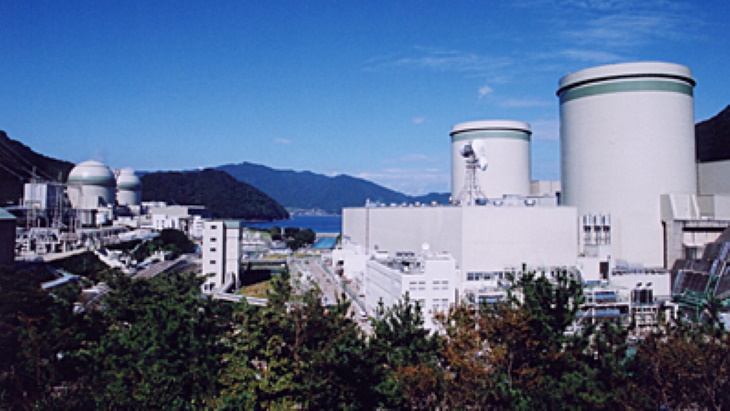
Takahama 1 entered a regular inspection outage in January 2011, two months before the accident at the Fukushima Daiichi plant that resulted in all of Japan's operable reactors being taken offline. Unit 2 of the plant was taken offline in November 2011.
Kansai applied to the Nuclear Regulation Authority (NRA) to restart the two reactors in March 2015.
In April 2016, the NRA confirmed both units met new safety regulations. In December of that year, the NRA gave its approval for the reactors - which began operating in 1974 and 1975, respectively - to operate for up to 60 years, becoming the first Japanese units to be granted a licence extension beyond 40 years under the revised regulations.
Takahama 1 was restarted on 28 July and resumed full-scale operation on 28 August.
Kansai has now announced that unit 2 was restarted at 3.00pm on 15 September and will reach criticality on 16 September. Power generation is scheduled to resume on 19 September. The company plans to conduct a comprehensive load performance test on 16 October and resume full-scale operation.
The restart of Takahama 2 means that Kansai has now resumed operation at all seven of its operable reactors following the introduction of stricter safety standards.
Takahama 3 and 4 - two 1180 MWe PWRs - were returned to commercial operation in February 2016 and June 2017, respectively. In April this year, Kansai asked the NRA for permission to extend the lifespan of Takahama units 3 and 4 - which both began commercial operation in 1985 - by 20 years.
In December last year, the Japanese government adopted a plan to extend the operation of existing nuclear power reactors and replace aging facilities with new advanced ones. The move is part of a policy that addresses global fuel shortages following Russia's invasion of Ukraine and seeks to achieve carbon neutrality by 2050.